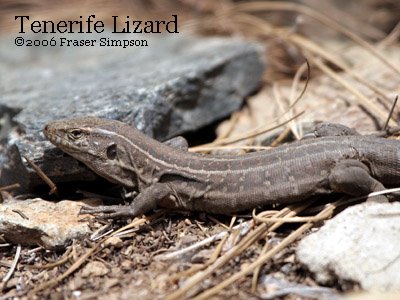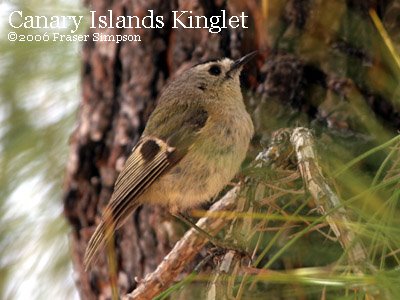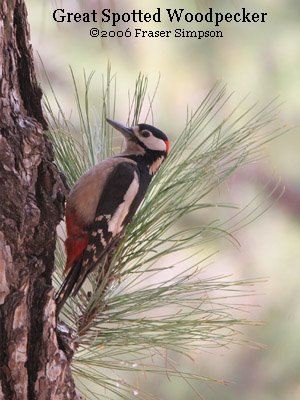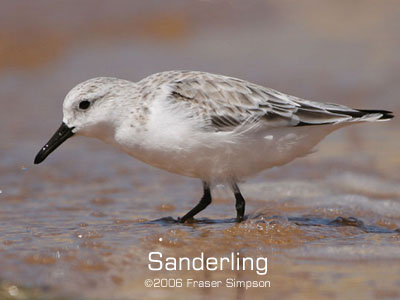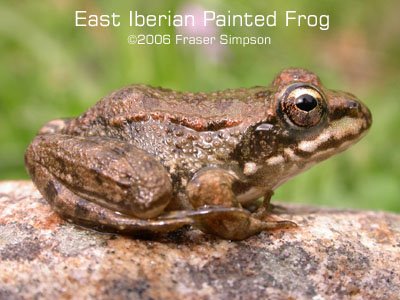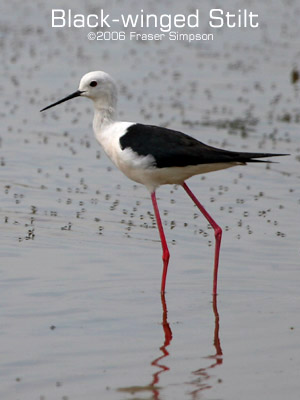
Still, spending several hours on the Firth of Clyde was very refreshing with Gannets, Sandwich Terns, Red-throated Divers, Red-breasted Mergansers and a good passage of White Wagtails. Got many nice shots of the Stonechats in the dunes near Troon and I may use one of them for the cover of the Ayrshire Bird Report 2005 which should be available by early June.








